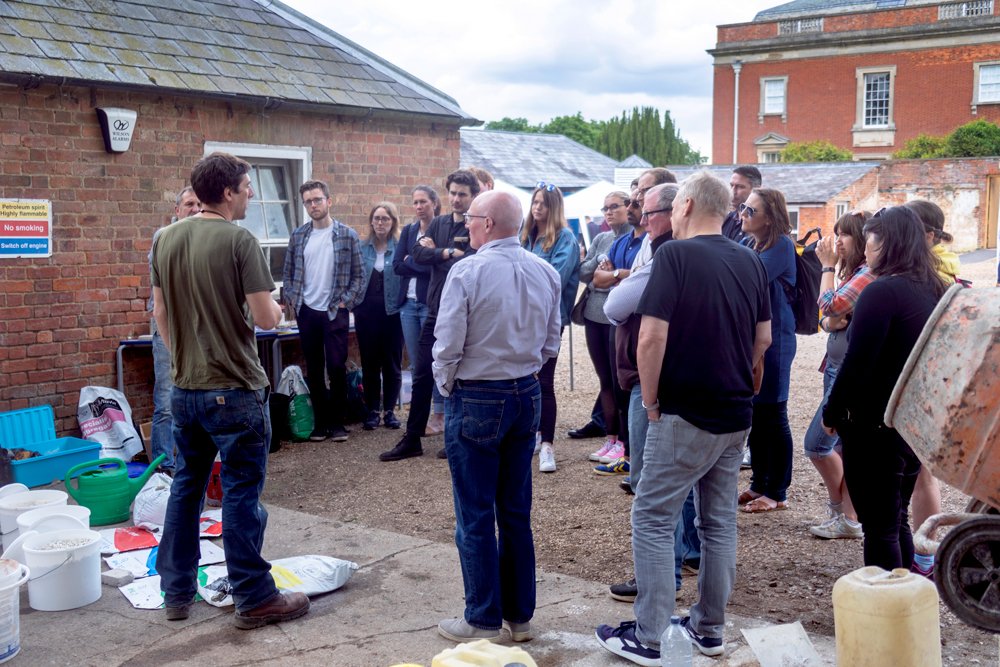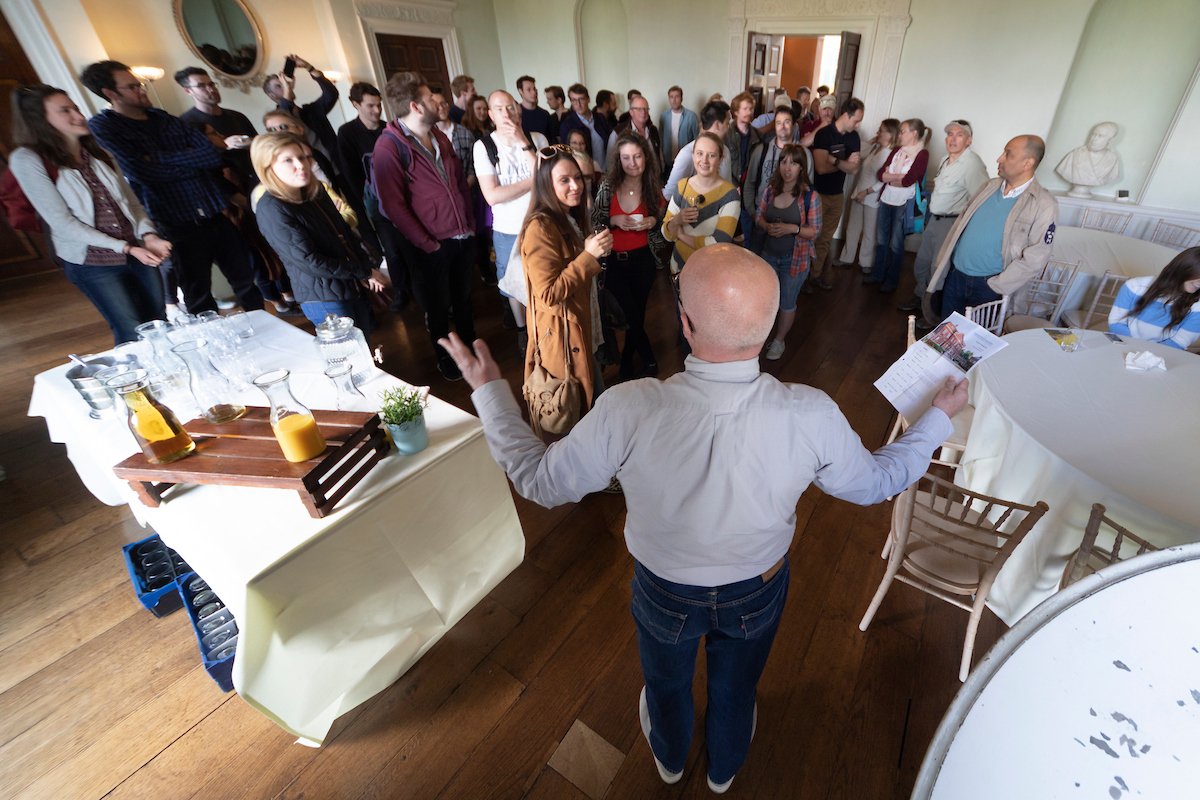The Next Generation
- | Kate Martyn
This year’s Review shows how our conservation approach based on the idea of Living Buildings – the belief that change is continuous and that buildings are, in effect, ‘alive’ – also applies to organisations. Just like an old building, Donald Insall Associates is constantly adapting to new circumstances, which allows it to flourish in a changing world.
Last year’s Review marked our 60th year and reflected on Insall’s values, what is significant about the Practice, and its history. It follows, therefore, that this year we celebrate the next generation. The articles in this year’s Review are written by members of Donald Insall Associates who are either under 30, in the earlier stages of their careers, or who represent the next generation of the company’s leadership and talent. They are just a small sample amongst a promising new cohort of conservation architects, advisers and other specialists in the Practice.
Our education provides us with the foundation of work in practice, something particularly relevant in the field of architecture. Gabriella Herrick considers how Insall is working to plug the ‘conservation deficit’ in architectural education, with our Conservation Apprenticeship (reviewed by Lauren-Alexandra Ward). Fiona Johnson’s piece highlights further the value of practical experience and ‘learning on the job’ from senior colleagues at Insall and contractors.
The historic environment provides us with a sense of place and identity, and heritage is often the buzz word in the march for regeneration. However for heritage-led development to truly revitalise places, the voices and values of the community must be genuinely listened to and understood. Megan Hari’s article Roots and Renaissance in Greater Manchester reflects on the role that community engagement played in the production of the Oldham Town Centre Conservation Area Appraisal and Management Plan. In a community notorious for its segregation, identifying shared heritage values was critical. Young people, in particular, were keen to break away from the town’s more recent past and create a new future, through revitalisation of heritage.
The powerful role that buildings play in our collective memory forms the poignant subject of Ben Clark’s article, Curating Catastrophe, which highlights how ruined churches were memorialised in the post-Second World War period, as the lived experience of conflict faded from view.
As architects focused on conserving what is significant about our past, our practice is especially interested in changing needs and pressures, as well as new technologies and design. This way, we can equip buildings for the next phase of useful life, which is the essence of truly sustainable development. Responding to the needs of 21st-century lifestyles at home is explored in Chris Bell’s Traditional Buildings, Contemporary Craft, which describes how historic houses can be altered to reflect key social changes. Through his case studies, Chris demonstrates that this can be sensitively balanced with the preservation of a building when its significance is properly understood and when interventions are as skilfully crafted as the old.
This theme of revitalising leisure venues of yesteryear is continued in Hannah Parham’s article Building for Bathing where again Insall is designing new solutions to sustain historic swimming pools.
Elgan Jones’ article The End of the Pier? Not for Colwyn Bay examines how a series of disasters have been used to inform the partial restoration of the town pier.
A Review focused on the ‘next-generation’ would not be complete without looking at the impact on one of the greatest social changes in recent times on our historic environment – social media. In her article Insta-heritage, Sarah Bridger considers how ‘experiences’ and the need to be ‘seen’ form key drivers in our leisure time and this can both stimulate investment whilst providing a platform by which heritage assets are more accessible, particularly to younger people.
Growing social injustices are a particular concern for younger people; in particular, for us as buildings specialists, the plight of the homeless. In Manchester, our office has been working with the local Shelter hub to raise awareness of the complex challenges that people face and to encourage built environment professionals to provide support to Shelter’s accommodation and employment programmes. As a practice focused on conservation we are also continually striving to mitigate the impacts of climate change and have signed the recently launched ‘Architects Declare’ statement, calling for collective action to confront the climate and biodiversity emergencies.
Our ambition not just to ‘make good’ but to ‘make better’ resonates powerfully in our commitment to the ‘next generation’, both in terms of our employees and the conservation of the historic environment, but also the wider community at large.

